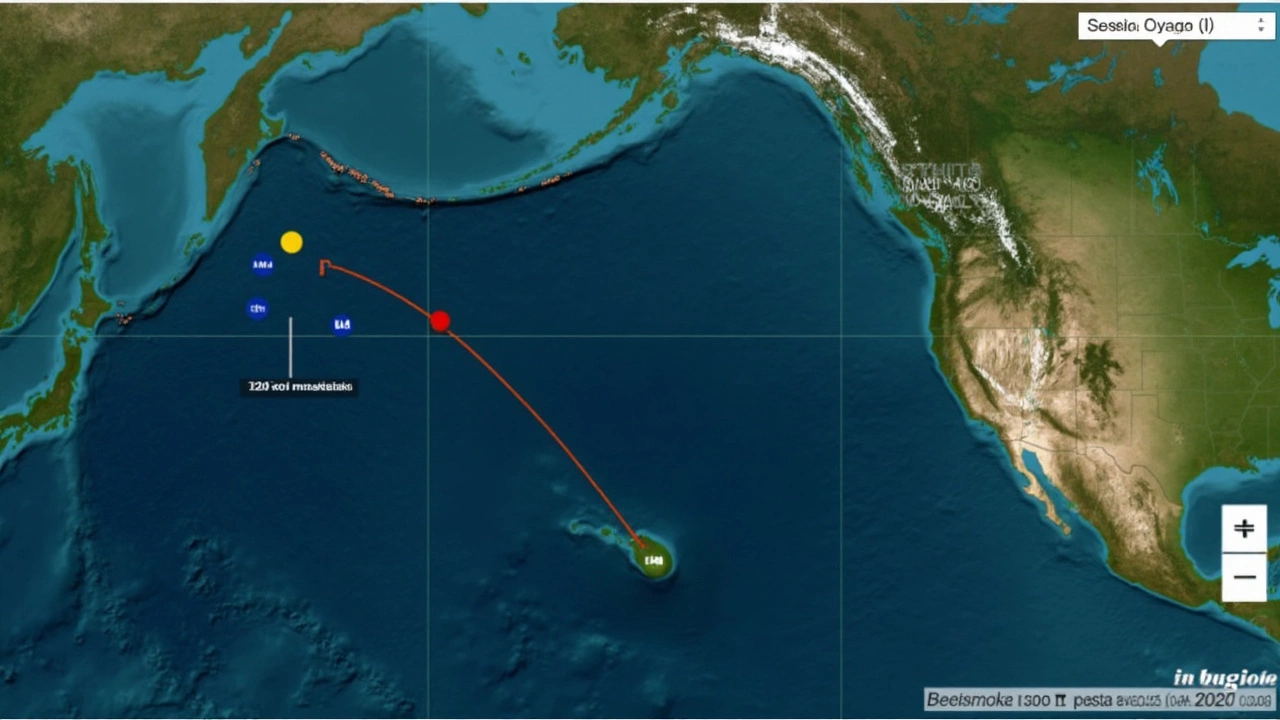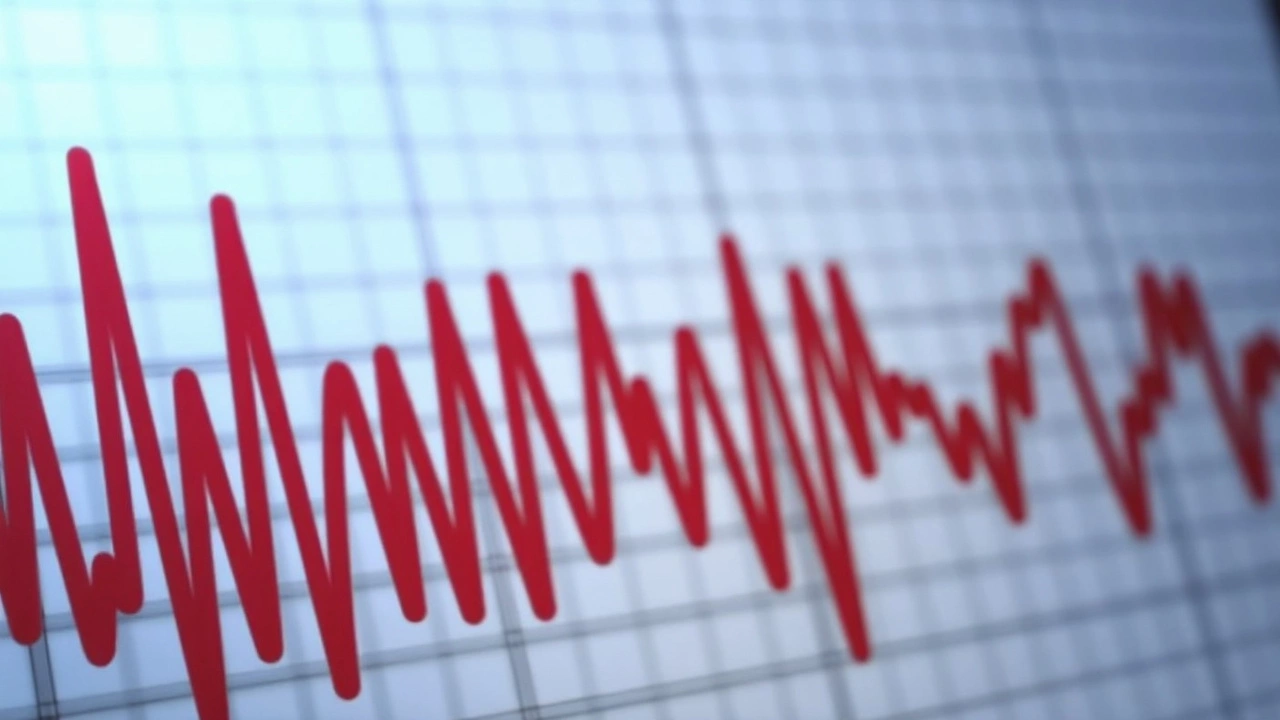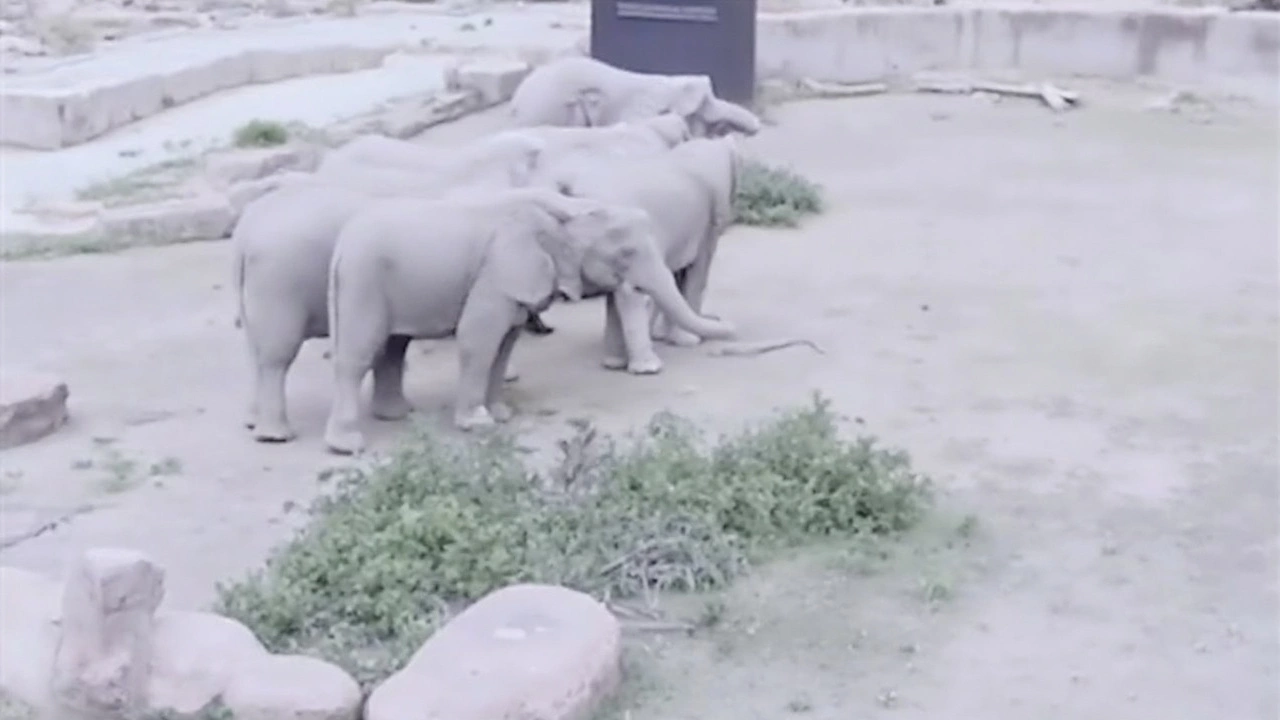Tsunami Warning Triggers Chaos Across Hawaiʻi
On July 29, 2025, the evening in Hawaiʻi took a wild turn after a gigantic 8.7 magnitude earthquake rocked the offshore waters of Russia. Almost instantly, the tsunami warning for Hawaiʻi and Alaska flipped the islands into high alert mode. Sirens blared, and emergency officials weren't pulling any punches about the danger—people had to act quickly to protect both life and property. Evacuation orders were clear: head for higher ground, stay away from the coast, and brace for unpredictable waves.
The heart of the uncertainty came down to timing. The Pacific Tsunami Warning Center got specific, announcing that the first dangerous waves could hit Hawaiʻi by 7:17 p.m. HST. This gave residents little time to react. In Hilo, you could feel the anxiety as people flooded gas stations, hoping to fill up before any shortages set in. Honolulu Mayor Rick Blangiardi was up front in his messaging, telling everyone in vulnerable neighborhoods to move to safer, higher spots immediately. Schools, gyms, and community centers were converted into overnight shelters basically on the fly. Volunteers hurried to stock cots, water, food, and first-aid supplies.
Emergency agencies kept up a steady stream of information across radio, television, and social media feeds, making sure no one missed the gravity of the threat. KHNL-TV and Hawaii News Now kept their cameras rolling the entire time, giving viewers live visuals of empty highways, long gas lines, and Red Cross teams gearing up for the night. Drone footage from Russia, where the quake hit hardest, showed surging waters pushing far inland and overwhelming entire communities.

What Makes a Tsunami Warning So Serious?
One of the big things the Pacific Tsunami Warning Center emphasized was how tsunami waves act differently from typical ocean surf. We're not talking about a single crest; instead, these are long, deep waves with surges that can last 5–15 minutes or even longer. The tricky part? The first wave is rarely the most dangerous. Later waves can come out of nowhere, hours after the initial one, and hit even harder. Coastal areas across every Hawaiian island remained at risk, regardless of whether they faced northeast, south, or anywhere in between.
The warning wasn’t just for Hawaiʻi, either. Alaska was put on high alert and California landed under a tsunami watch. That doesn't mean waves would definitely slam the West Coast, but people there were told to stay by their phones and radios for updates, just in case things changed. In Hawaiʻi, the memory of past tsunamis makes warnings like this very real. Stories circulated on social media about previous disasters, fueling a mix of nerves and heavy preparation.
For many, the hours before the potential wave strike felt endless. Emergency teams checked evacuation routes and tried to calm panic with up-to-date information. Local businesses, especially in low-lying tourist areas, shuttered early as workers rushed home to check on family or move to higher ground. There were reports of clogged highways near evacuation zones, but police and National Guard helped clear the way.
Over in Russia, reports and drone videos showed streets quickly filling with water after the quake. Some smaller towns faced major flooding, while rescue teams scrambled to help stranded residents. Even with communications hampered by damaged infrastructure, images of flooded houses and upturned cars filtered through to international news outlets.
By nightfall in Hawaiʻi, the hum of generators and radios cut through otherwise empty neighborhoods. Shelters filled up as families waited for official updates. Across the Pacific, from Russia to California, communities held their breath, watching for signs of what the ocean would do next.

